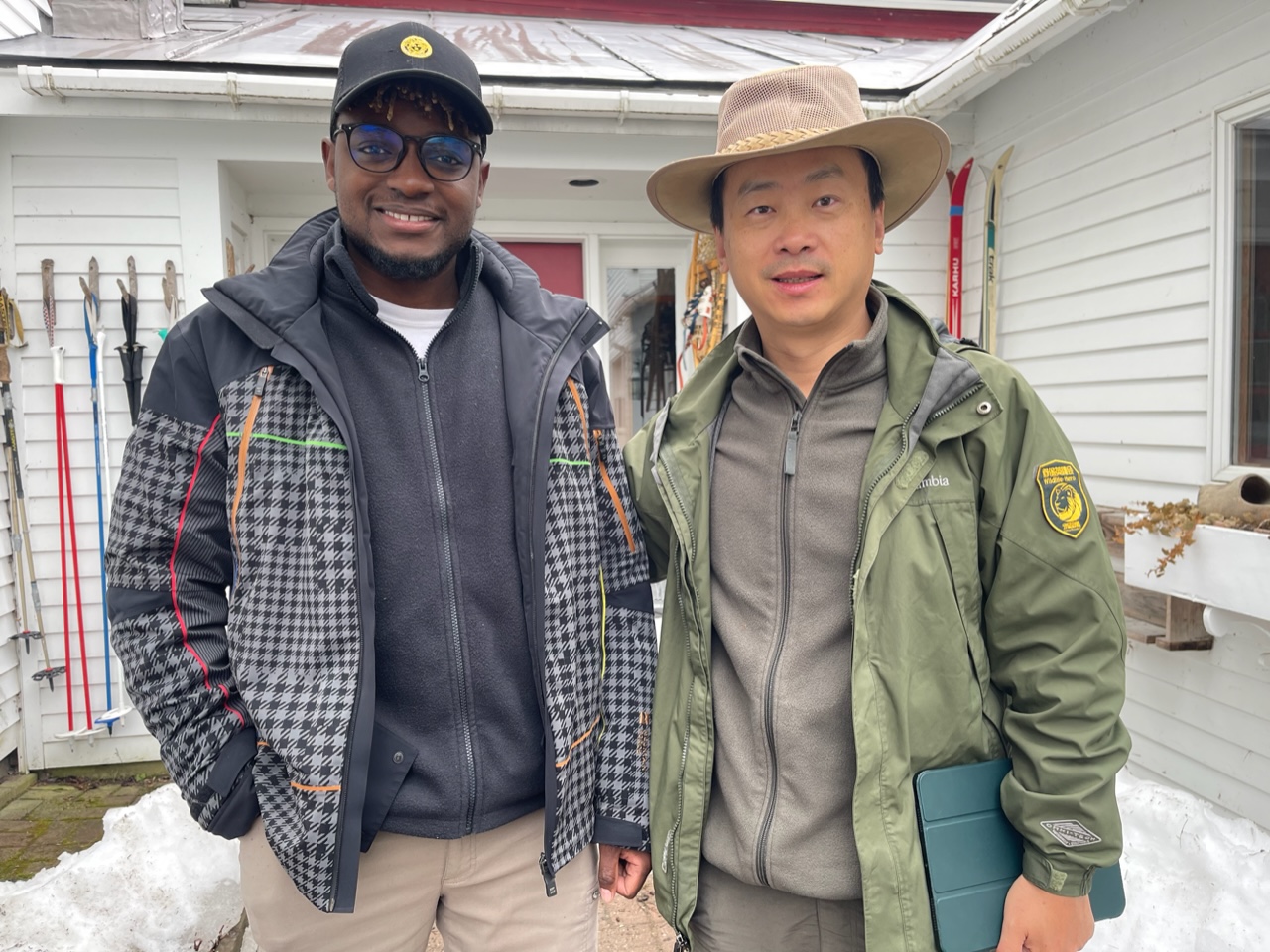Pioneer Chinese wildlife biologist Simba Zhuo Qiang visited Dartmouth Collage as a guest lecturer on April 7th, 2023, to present “A New Model for Wildlife Habitat Protection in Africa.” Hosted by Dartmouth Professor of Biological Sciences Eric Schaller and son of Simba’s mentor – the preeminent field biologist Dr. George Schaller – Simba detailed his vision and experience implementing a novel approach to symbiotic benefits in African grassland conservation.
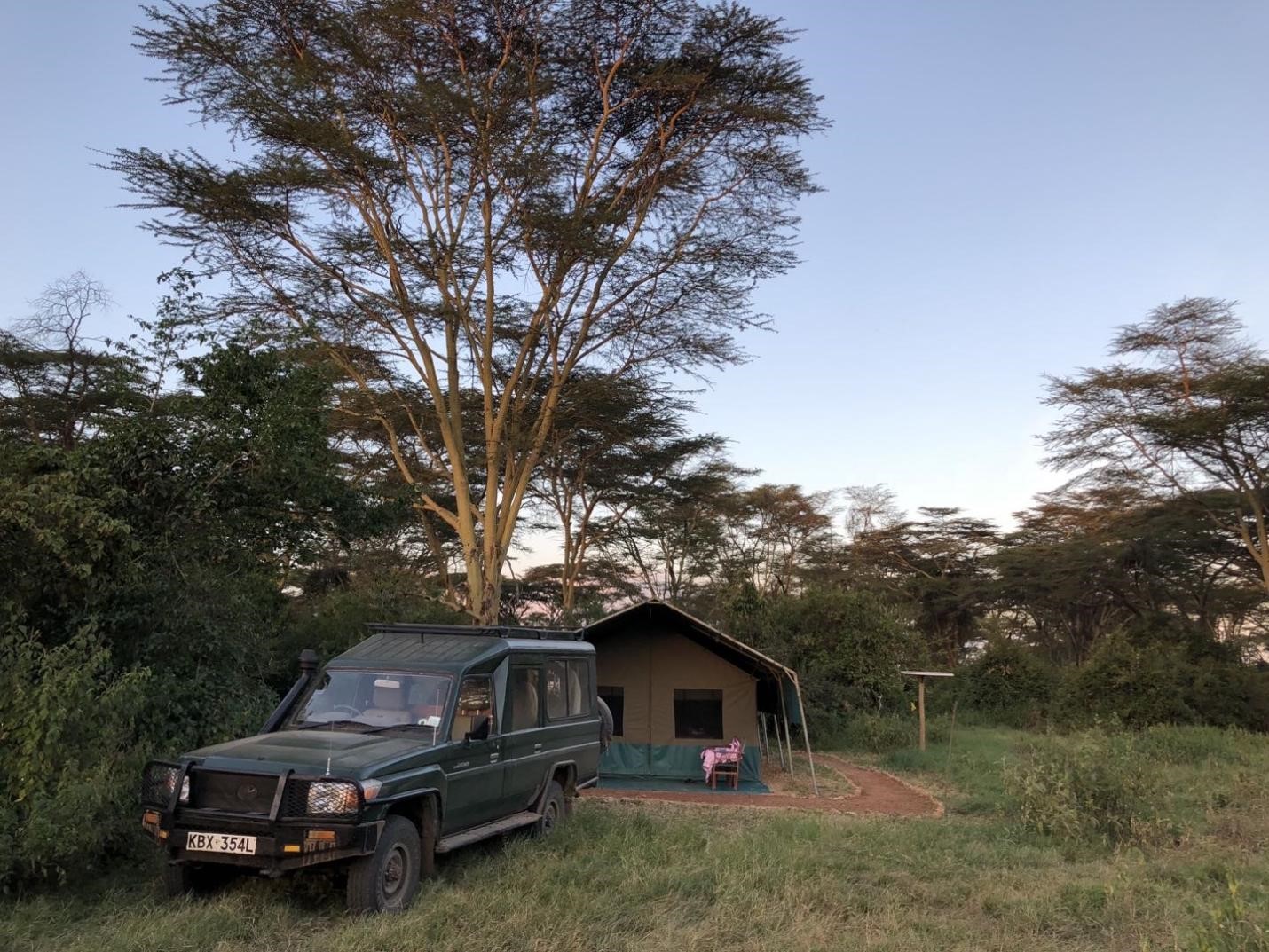
In 2012, Simba set up a tent near the Ol Kinyei Conservancy in Kenya to fulfill his lifelong dream of studying and living with lions. For the next 10 years, he worked to realize his mission by collaborating with the local Maasai people and drawing on international communities to implement a sustainable Community Based Conservation model.
Simba’s Community Based Conservation model works to connect the needs of local farmers with the exigencies of wild animals, resulting in the health of shared land. By generating new economic opportunities for Maasai people and greater conservation resources through ecotourism, Ol Kinyei Conservancy and the surrounding communities have felt multiple benefits of Simba’s Community Based Conservation model on an ongoing basis.
.
The Problem
Due to rapid population growth and increasing demand for resources, overgrazing became a significant issue in Maasai Mara, one of the most critical savanna ecosystems on the planet. This overgrazing led to severe drought, environmental degradation, soil erosion, and biodiversity loss. Maasai people, who traditionally relied on livestock for their livelihood, had expanded grazing areas into the wildlife habitats, resulting in the loss of wildlife habitats.
As the ecosystem struggled to support a growing human population, human-wildlife conflicts have become increasingly severe. Wildlife that once thrived in this region now struggles to survive, as habitats are destroyed or converted for human use. At the same time, people in the region are being harmed by drought and many are struggling to find alternative sources of incme. The situation is complex and multifaceted, requiring a collaborative effort to address the needs of both people and wildlife.
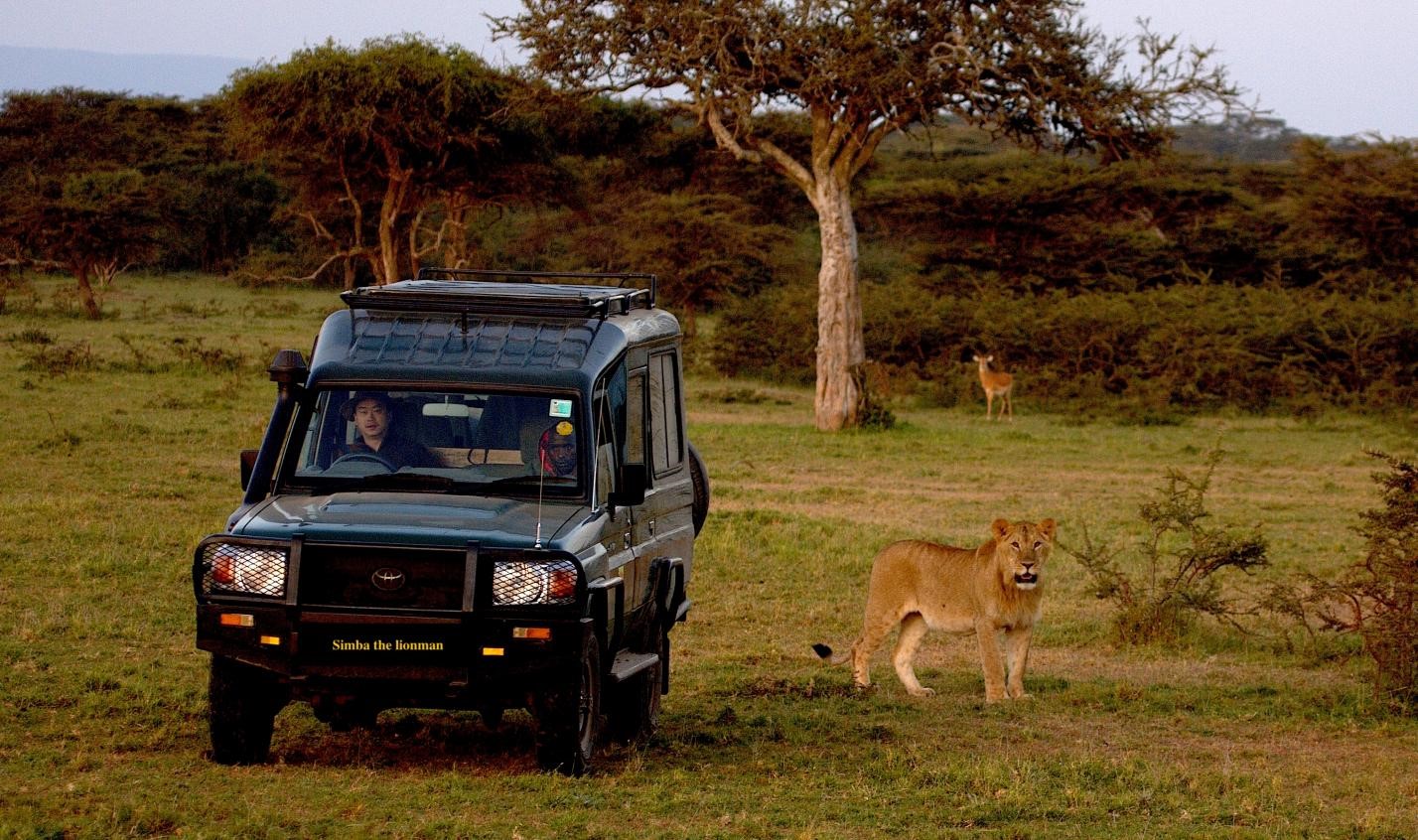
The Action Plan
In response to the challenges facing the Maasai Mara ecosystem, the Ol Kinyei Conservancy was established in 2005 to promote sustainable conservation practices and support the needs of local communities. In 2012, Simba was invited to settle in the conservancy to help sustain the new conservation model.
In order to effectively save wildlife, Simba established a relationship of trust and cooperation with local Maasai communities. He set up his own tent in the jungle and began to study human-wildlife relations, building strong bonds with the people he encountered since sustainable conservation efforts needed to provide tangible benefits to the local people in order to be successful. With local communities as the main force in conserving land and wildlife from poaching and other threats, local people would become empowered by taking ownership of conservation efforts. This approach not only helps to preserve biodiversity but also provides economic and social benefits to the local communities, reducing the occurrence of human-wildlife conflicts and promoting sustainable development.
Before Simba’s arrival, rangers in Ol Kinyei Conservancy used to patrol on foot, which posed a great danger in the presence of elephants and buffaloes. Additionally, it was a challeng to cover large areas to combat poaching and illegal grazing. To support anti-poaching and other fieldwork for wildlife conservation, Simba and his team raised funds to donate equipment, including 5 vehicles, 50 motorcycles, 50 GPS devices, 200 binoculars, 30 smartphones, 50 walkie-talkies, sleeping bags, raincoats, and spotlights. They also provided funds to build 15 lion-proof bomas for local communities to reduce human-lion conflicts. Simba and his team also focused on community welfare projects, such as the Maasai women’s sewing project, Maasai Olympic Games, Maasai English Writing Contest for Wildlife Conservation, and Maasai E-Class teaching program. They provided support to six primary schools and one village neighboring Ol Kinyei Conservancy, including donations of stationary, laptops, desks, sponsoring teachers and students, building water tanks, building dormitories, organizing interest classes, and more. Local Maasai people felt the true love, respect, and contribution from Simba and his team, regarding them not only as researchers but also as family members. To honor Simba’s contribution to the local Maasai community, he was invited to formally join the Ol Kinyei tribal community in 2015 and became the son of a Maasai family with a new Maasai name “Oloshorua,” meaning a generous man.
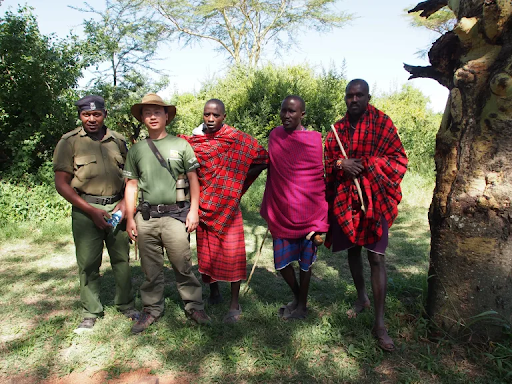
In 2019, the Ol Kinyei Conservancy achieved IUCN Green List status due to its good governance, sound design and planning, and effective management. The Ol Kinyei model has been widely recognized as a new model for effective conservation in the Maasai Mara ecosystem, boasting the best vegetation area in Maasai Mara, as well as the highest wildlife density, especially density of lions, in Africa. More and more people from other areas have learned from this model and have gone back to build more community-based conservancies in Maasai Mara and other parts of Kenya.
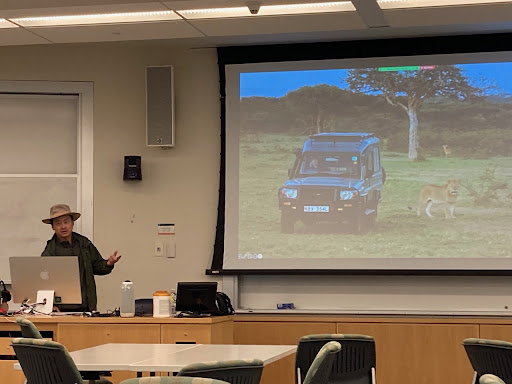
Since the COVID-19 pandemic began, Simba has actively promoted his Community-Based Conservation Model in China. He has visited 42 parks in the country to introduce officials to the model, while also initiating the China Wild Map Project, aimed at promoting the conservation of China’s wildlife and habitats. Now, Simba has shifted his focus to inspiring the 7 million Chinese residents living in North America to recognize the critical importance of ecological protection and support his conservation efforts around the world.
To see Simba’s latest book, To Walk with the Legends, click here.


